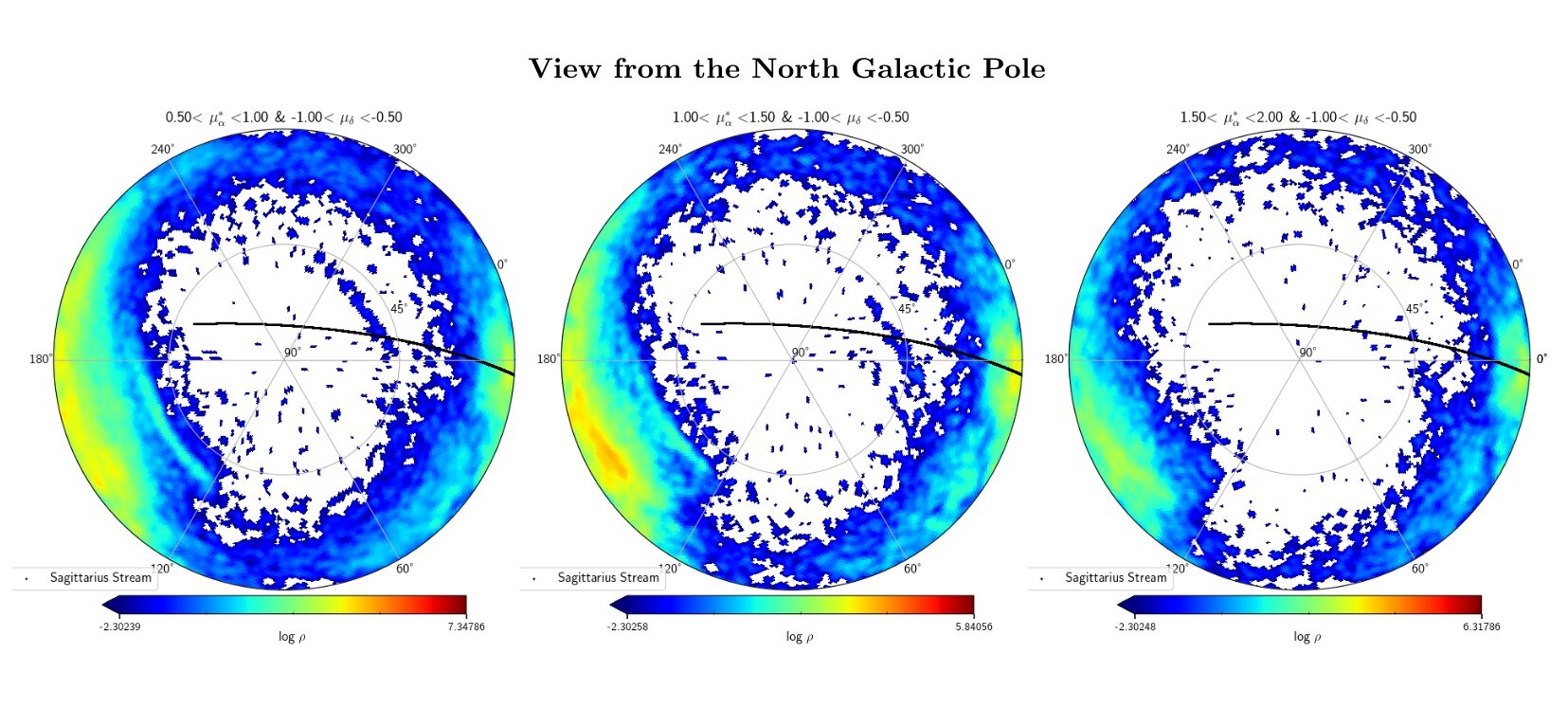
Exploring Earth’s Reactions During the Total Solar Eclipse
Witnessed on August 21, 2017, the total solar eclipse captivated millions across the United States. As the moon obscured the sun, creating a mesmerizing play of light and shadow, scientists seized the moment to observe how our planet responded to this extraordinary celestial phenomenon.
Wildlife Behavior
During the eclipse, wildlife exhibited intriguing behaviors. Birds fell silent, insects hushed, and animals appeared disoriented by the sudden darkness. This behavior shed light on how environmental changes can influence animal behavior.
Temperature Fluctuations
Temperatures noticeably dropped as the moon’s shadow swept over the Earth during the eclipse. Scientists closely monitored how plants and animals reacted to the abrupt chill. This data will enhance our understanding of how climate and weather patterns are impacted by astronomical occurrences.
Community Engagement
Beyond scientific observations, the total solar eclipse sparked public interest in astronomy and space science. Individuals from diverse backgrounds gathered to witness the event, fostering a sense of wonder and curiosity about the universe. This collective experience underscored the significance of science education and public outreach.
Insights and Discoveries
The total solar eclipse of 2017 provided a unique opportunity for scientists to explore how Earth reacts to a celestial event. By studying the wildlife behavior, temperature changes, and public involvement, researchers gained valuable insights into the interconnected systems of our planet. As we venture further into the cosmos, such events inspire us to delve deeper into our cosmic existence.




















